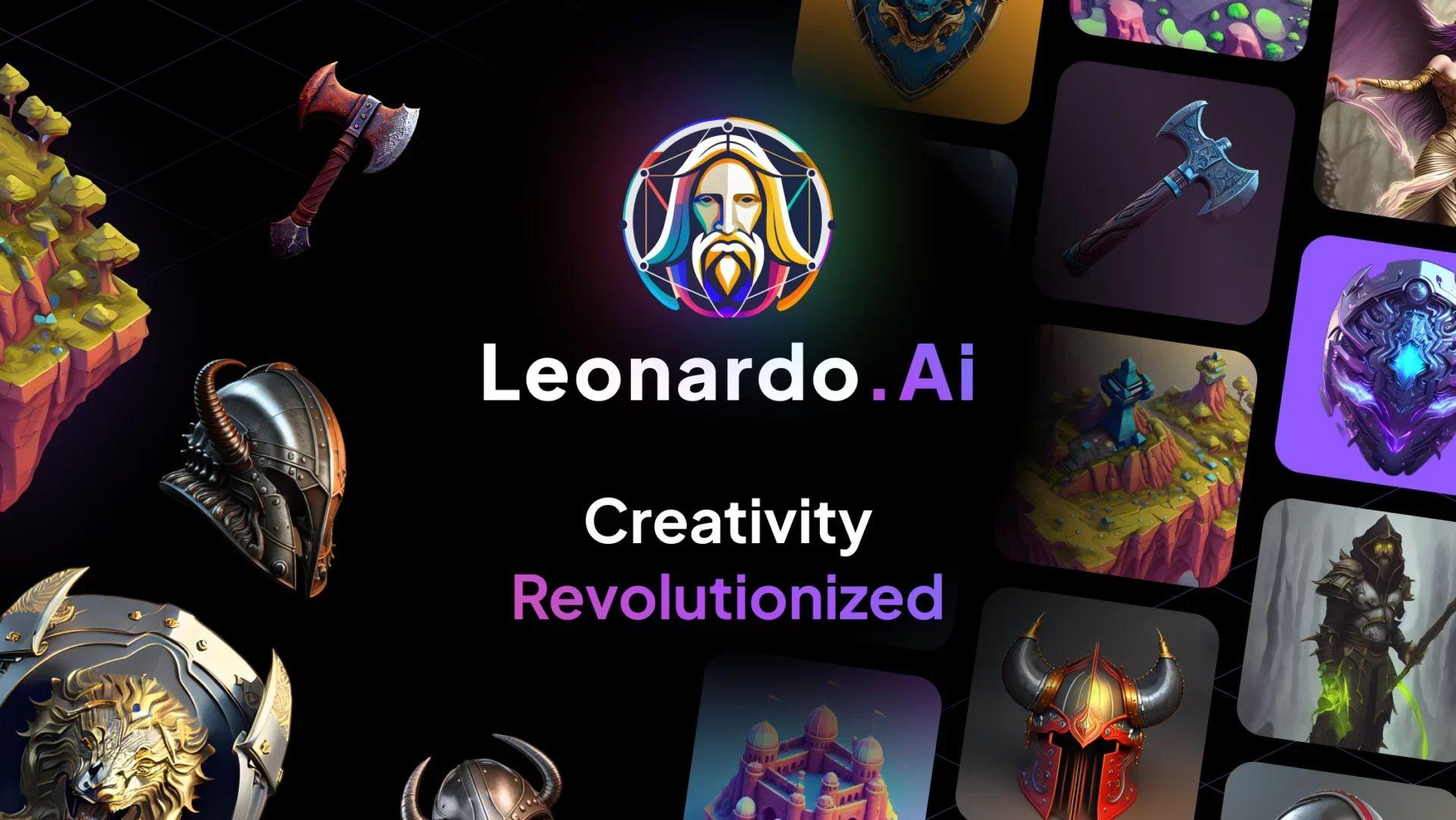Canva, the visual design giant, has strategically expanded its AI capabilities by acquiring Leonardo.ai, a pioneering generative AI content and research startup. While the financial details remain under wraps, the transaction involved a combination of cash and stock, according to Canva’s co-founder and chief product officer, Cameron Adams. This acquisition isn’t just a merger of technology but also of talent, as all 120 employees of Leonardo.ai, executive team included, will be integrated into Canva’s operations.
Originally established in Sydney in 2022 with a focus on developing assets for video games—a sector where its founders gained their initial expertise—Leonardo.ai swiftly pivoted towards a broader vision. The startup evolved its platform to support a variety of industries, including fashion, advertising, and architecture, by creating and training AI models tailored for image generation. Today, Leonardo.ai stands out with its robust offerings that include collaborative tools, a private cloud designed specifically for models, and access to APIs that empower customers to construct their own technological frameworks atop Leonardo.ai’s innovative platform.
Why Canva chose Leonardo.ai
Leonardo.ai sets itself apart from the crowd of generative AI art platforms with its unique user empowerment approach. A standout feature, Leonardo.ai’s Live Canvas, allows users to combine a text prompt with a quick sketch to outline their desired outcome. As the user sketches, Leonardo.ai dynamically generates a photorealistic image that integrates inputs from both the text and the sketch, crafting visuals in real-time—a testament to its advanced AI capabilities.
However, the specifics of how Leonardo.ai trains its in-house generative models, such as the flagship Phoenix, remain shrouded in mystery. This is a critical point of inquiry in the realm of generative AI, where the legality of training data—whether it infringes on copyrighted materials without permission—is a hot-button issue. When pressed for details, Leonardo.ai’s PR team offered only a vague explanation, stating that their models are trained on a mix of “licensed, synthetic, and publicly available/open source data,” without delving into deeper specifics. This lack of transparency raises intriguing questions about the methodologies behind the scenes at Leonardo.ai.

Leonardo.ai is not just another cog in the AI machine; it’s a powerhouse with over 19 million registered users who have utilized its tools to craft over a billion images. This robust platform is set to enhance Canva’s Magic Studio, a suite of generative AI tools designed to revolutionize digital creativity.
Canva, a behemoth in the design world since its inception in 2012, has been actively beefing up its AI arsenal. Starting with Magic Write, a copywriting assistant launched last year, Canva has been intensifying its development push, especially as it eyes an initial public offering. This ambition has led to strategic acquisitions like Kaleido, known for its drag-and-drop background removal services for images and videos, enriching Canva’s technological offerings further.
With a funding pot that’s swelled to over $560 million, culminating in a whopping $26 billion valuation, Canva’s financial trajectory is impressive. The company now boasts a revenue stream nearing $2 billion and commands the loyalty of over 180 million monthly users globally.
Featured image credit: Canva






